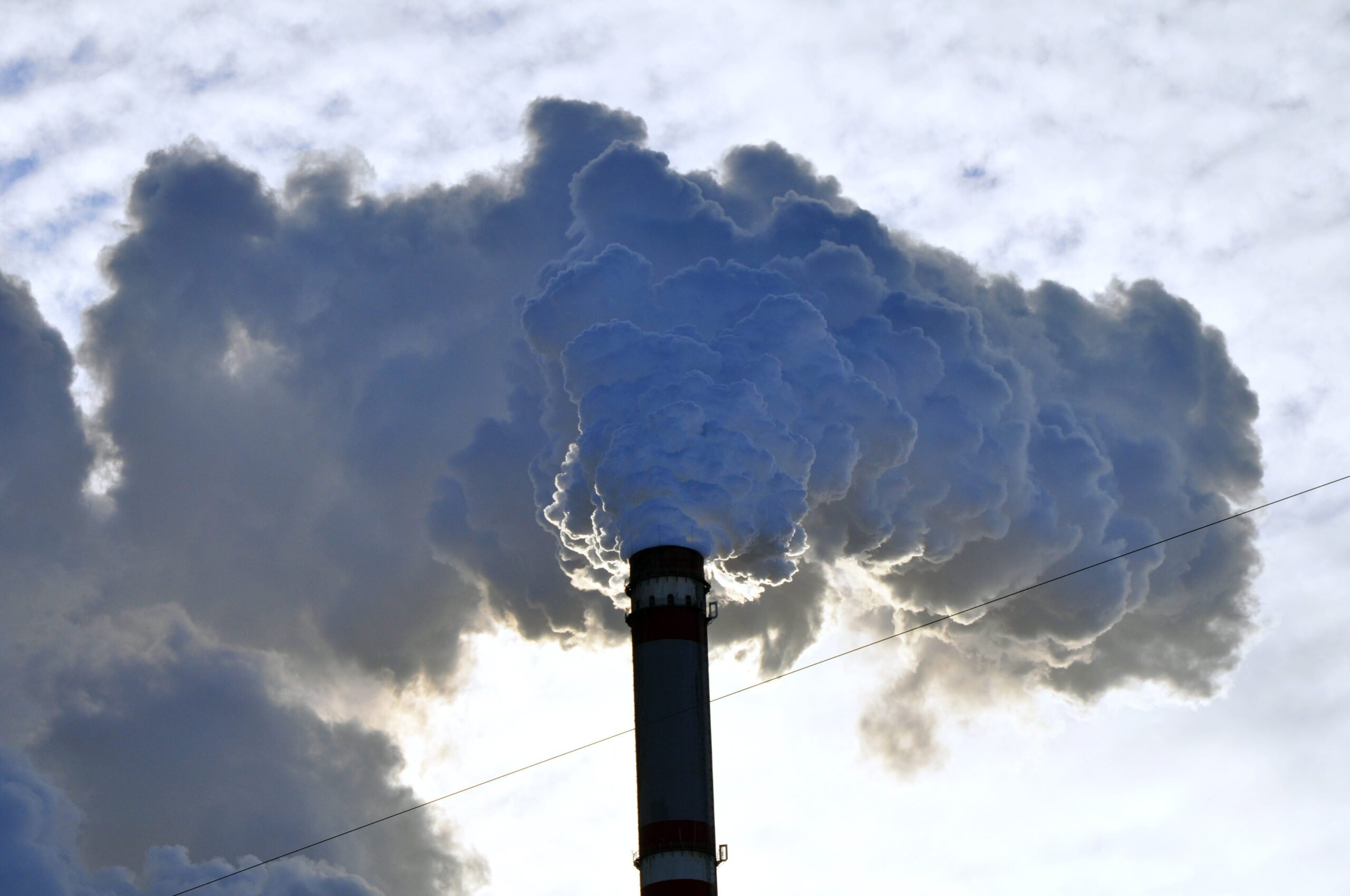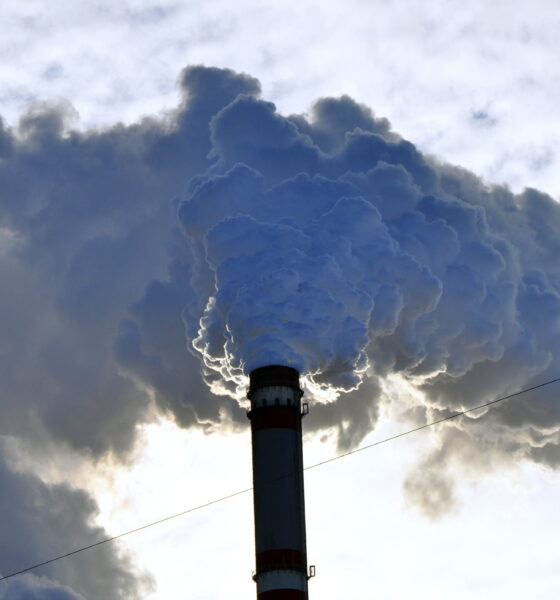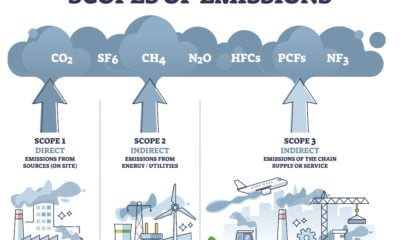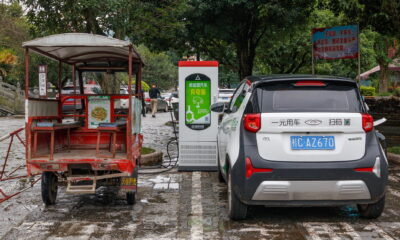

Invest
Thermal coal investments ‘high risk strategy’, say analysts
When China’s rapidly transitioning energy sector is considered, investments in thermal coal assets are “high risk”, according to a new report from the Carbon Tracker Initiative and the Association for Sustainable and Responsible Investment in Asia (ASrIA).
The report – The great coal cap: China’s energy policies and the financial implication for thermal coal – argues that as demand decreases in China, investors that are not actively assessing their holdings could be left with stranded assets.
Thermal coal currently provides just under 80% of China’s power. However, according to the report, the country’s demand will peak between 2015 and 2030 due to a range of factors, including slowing GDP growth, strong growth in the nation’s renewables sector and discussions around a carbon tax increasing the perceived risk to the future competitiveness of coal power.
The week, China, the world’s biggest polluter, has said it wants to set legal limits on carbon emissions from 2016, signalling its commitment to moving away from coal and other fossil fuels towards cleaner renewable energy sources.
Carbon Tracker CEO Anthony Hobley said, “China’s ‘great coal cap’ could feasibly peak China’s thermal coal demand in the near-term, presenting a significant risk of asset stranding for those investing on a business as usual future. Questions need to be asked whether committing billions of capital to increase thermal coal supply in a shrinking market is a wise use of capital.”
The report urges investors to assess the risks within their portfolio when peaking demand scenarios are considered in order to calculate exposure. In also calls on investors to urge China’s coal companies to improve disclosure with regards to future capital expenditure.
Investors not directly investing in China’s coal companies could also be at risk, as exporters of coal will need to find another end market or be left with excess supply and potentially stranded assets. This risk is of particular concern for Australian and Indonesia exporters.
Luke Sussams, senior researcher at Carbon Tracker and lead author of the report, explained, “Investors in Australian and Indonesian exporters of coal, in particular, must factor much lower Chinese demand into their demand and price forecasts.
“If China becomes a zero impact market, which is possible, there could be a noticeable lack of any viable alternative growth market for seaborne traded coals. Where will Australia’s $50 billion (£29 billion) of thermal coal go instead?”
Carbon Tracker rose to fame in the financial world with its flagship 2012 analysis, Unburnable Carbon, that said as much as 80% of the world’s fossil fuel reserves cannot be burned.
It said oil, gas and coal had to be left underground if efforts to tackle climate change are to be considered serious, and that such investments could lose significant value in the future as a result.
Photo: walker_M via Freeimages
Further reading:
Divestment: Stanford to shift investments in coal towards ‘sustainable’ solutions
World Bank announces plans to phase out investment in coal
Investors warned of ‘stranded’ carbon assets and working condition risks
MPs issue stark ‘carbon bubble’ warning to investors and finance world
Growing risk around fossil fuels, say 75% of US sustainable investment industr


 Environment10 months ago
Environment10 months agoAre Polymer Banknotes: an Eco-Friendly Trend or a Groundswell?

 Environment11 months ago
Environment11 months agoEco-Friendly Home Improvements: Top 7 Upgrades for 2025

 Features8 months ago
Features8 months agoEco-Friendly Cryptocurrencies: Sustainable Investment Choices

 Features10 months ago
Features10 months agoEco-Friendly Crypto Traders Must Find the Right Exchange





























